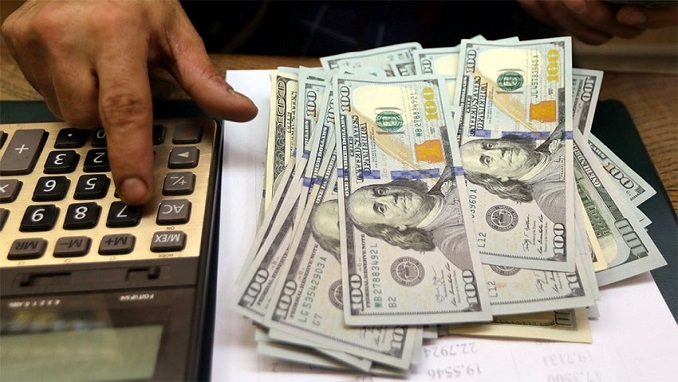
The U.S. dollar is currently hovering around lows last seen in April 2018 as investors continue to pour back into riskier assets, and analysts expect this weakness to persist into 2021, CNBC reported.
As of Friday afternoon in Europe, the DXY U.S. dollar index was trading at around 90.68, down by around 6% year-to-date despite having climbed above the 102 mark in March, as the coronavirus pandemic spread globally and sent investors running for safety.
A series of successful vaccine trials has driven a windfall for equity markets and other riskier asset classes over the past month, however, causing the greenback to slide against most G10 currencies. Both the euro and pound sterling hit two-year highs against the dollar on Thursday, while the Swiss franc notched an almost six-year high.
The combination of vaccine progress, Joe Biden’s U.S. election victory, a possible coronavirus aid package from Washington and the Federal Reserve’s commitment to maintaining its unprecedented accommodative monetary policy stance has generated expectations for reflation in 2021. This reflation trade has led analysts to project further downside momentum for the dollar.
“We forecast another 5-10% dollar decline through 2021 as the Fed allows the U.S. economy to run hot,” ING chief economist Carsten Brzeski said in a research note Thursday, and the Dutch lender sees the euro well on its way to changing hands at $1.25.
“It is probably about now we will start to hear the phrase from a former U.S. Treasury Secretary that the dollar is ‘our currency, but it is your problem’,” Brzeski said, suggesting that these words will resonate in Frankfurt as the ECB meets on Dec. 10.
“The good news for the ECB, however, is that because of the broad nature of the dollar decline – including against Asia – the trade-weighted euro has barely budged,” he added.
Brzeski highlighted that the big winners so far have been high “beta,” or more volatile, currencies, including the Norwegian krone, New Zealand dollar and Brazilian real.

Be the first to comment